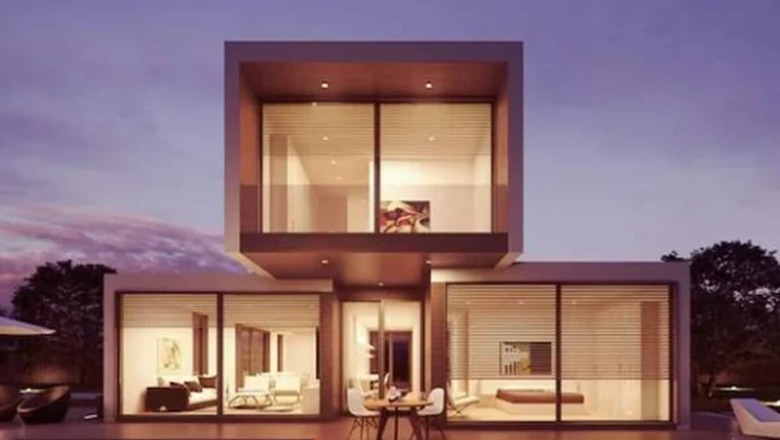
views
Today, a well-crafted home is one that is not just designed to provide residence, but also one that is in dialogue with nature. This becomes even more important in the context of global environmental concerns and urban sustainability.
It has become important to not just choose homes but choose surroundings that aid in upgrading the quality of life, and for this, it is important to understand the role nature plays in bettering our lives. Spaces in homes should encapsulate the element of healthy living. Nature is vital to our well-being and it is crucial to implement sustainable ways to create homes that are perfectly in tune with nature.
Palak Dani Mansotra, Chief Marketing Officer, Subodh Runwal Group, says, “When buying a house, it is important for home buyers to understand the significance of their role in choosing a home that is in synchronicity with nature. A home that is not just the right fit for their lifestyle, but also for the environment around them. Developers also need to understand the context and create homes that offer such benefits.”
One must ideally lay focus on homes that bring about a sense of calm; like an oasis in this busy city, and lay ample emphasis on green architecture, natural light, and ventilation to enhance the quality of life and ensure general well-being. In addition, open green spaces and amenities designed with nature in focus are important, especially in the urban context.
“Ensuring that apartment complexes make efficient use of the natural resources around them is crucial, as finer details like these end up making a big difference,” adds Mansotra.
Starting with conservation of energy, buyers can look for the implementation of simple yet impactful features. Photovoltaic/ Solar Panels on the rooftop decks can help them reduce the cost of their overall electricity and energy consumption by as much as 16 percent. “Along with that, comes the orientation and installation of treated, energy-efficient glass on all windows to filter external heat, thereby reducing room temperatures by 2-3 degrees Celsius, with the power consumption of air-conditioners by essentially 20 percent,” explains Mansotra.
Furthermore, it is important to make sure that the structure of their living spaces incorporates Biophilic Design wherever possible. Things such as gardens in common spaces, or green walls used in place of concrete, or subtle water features on the windows through the exterior help create a calm and soothing environment on busy days.
Mansotra opines, “Elements like moss carpets and rugs for the floor, or decor options such as furniture with spots for plants, all help a great deal in contributing to comfort and contentment. In addition to using plants, it is also recommended to incorporate natural textures, textiles, patterns, light, and colours. Natural materials such as bamboo, cork, sustainable timber, and stone should be used in homes if possible as they are more durable, and decompose better when discarded as waste.”
Today the need for better decomposition practices is paramount. We need to ensure that the living spaces have adept waste management systems and practices in place. Starting with waste segregation, the system ought to lay great emphasis on the principles of ‘Reduce’, ‘Reuse’ and ‘Recycle’. Reusing dry waste as manure for landscaping, reducing the generation of waste, and recycling the surface water runoff as greywater, are other finer things that play a great role in reducing our collective carbon footprint.
With lack of access to green spaces and nature in large cities, availability of garden spaces, green open areas and proximity to greenery are elements that have become a luxury. These spaces are important not just from an environmental perspective but also from the point of view of healthy living. The concept on one destination that offers all facets such as live, learn, work and play has been gaining momentum post the pandemic. Many township layouts have started focussing on these aspects, which is a positive sign. E.g in the Mumbai Metropolitan Region, locations such as Kanjurmarg, Mulund, Dombivli, Thane, Wadala and a few more have large developments offering large green open spaces and amenities built around nature, which are vital for the health of all residents.
















Comments
0 comment